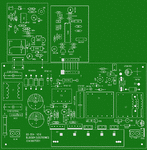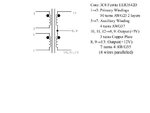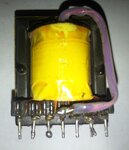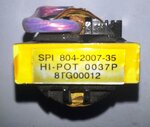Raza
Advanced Member level 3
Hi,
Here you go for one, though bit complicated but necessary:
**broken link removed**
And here is some software for designing the Ferrite trafo, may be helpful.
View attachment PIExpertSuiteSetup(2).exe
Here you go for one, though bit complicated but necessary:
**broken link removed**
And here is some software for designing the Ferrite trafo, may be helpful.
View attachment PIExpertSuiteSetup(2).exe







